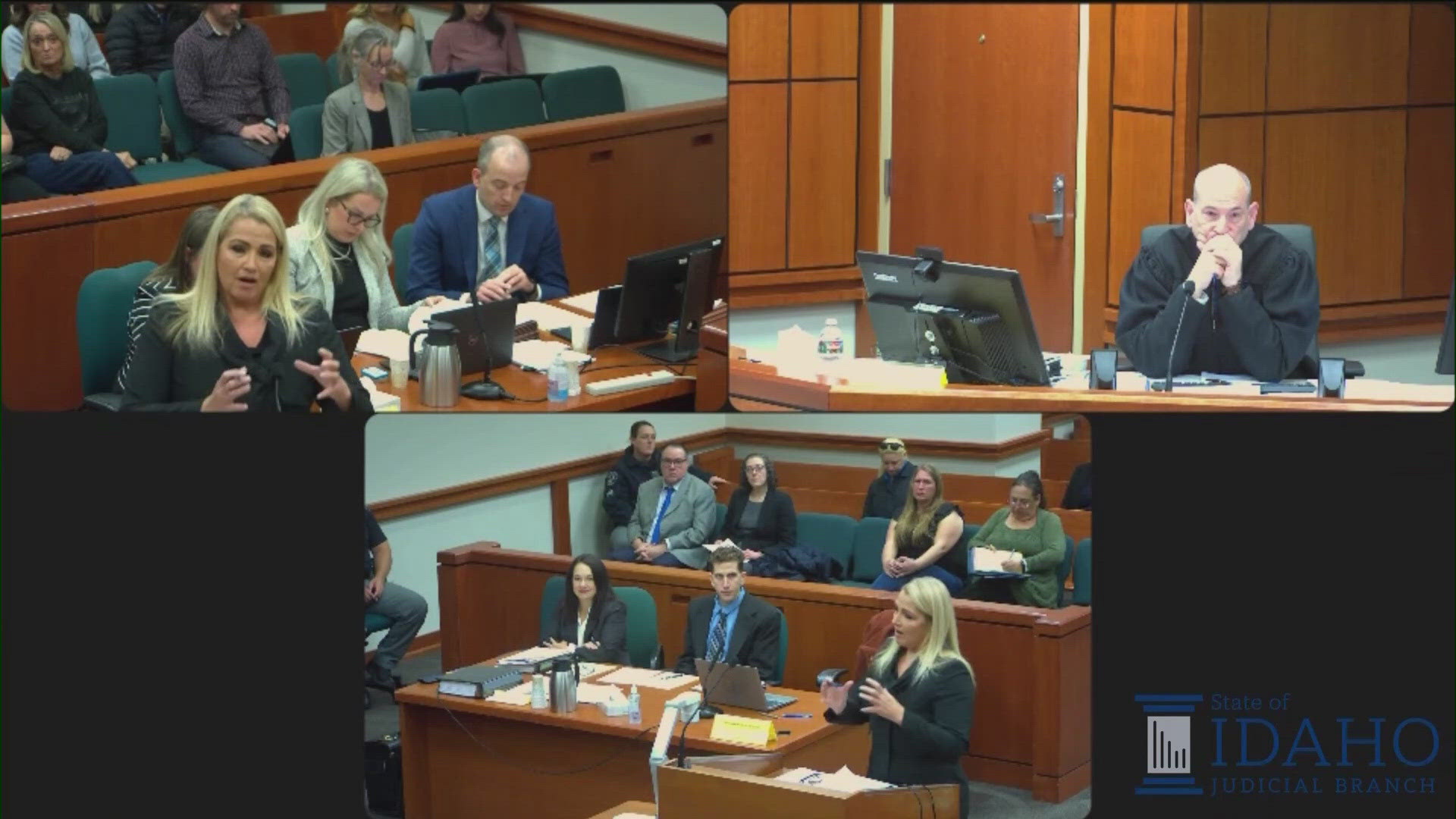BOISE, Idaho — Idaho has the highest percentage of households in the U.S. with dogs, according to recently released data from the American Veterinary Medical Association.
The 2017-2018 edition of the AVMA Pet Ownership and Demographics Sourcebook, is a comprehensive source of data on pet ownership that found nearly 57 percent of all U.S. households owned a pet at end of 2016.
Idaho is among the most pet-friendly states.
"This is a fascinating look into the world of pets as well as the people and veterinarians who love and care for them," said Dr. John de Jong, president of the AVMA. "Examining current trends in pet ownership and care provides our members with information they can use to better serve their clients and protect the health and welfare of their pets."
Overall, 38.4 percent of U.S. households had a dog as a pet. The 10 states with the highest percentage of dog owners at year-end 2016 were:
- Idaho (58%)
- Montana (52%)
- Arkansas (52%)
- Mississippi (51%)
- West Virginia (50%)
- Indiana (49%)
- Oklahoma (48%)
- Colorado (47%)
- Nebraska (47%)
- Tennessee (47%)
The AVMA found that pet ownership tends to be higher in rural states.
The 10 states that had the highest percentage of pet-owning households in 2016 were:
- Wyoming (72%)
- West Virginia (71%)
- Idaho (70%)
- Nebraska (70%)
- Vermont (70%)
- Indiana (69%)
- Arkansas (69%)
- Mississippi (65%)
- Oklahoma (65%)
- Colorado (65%)
Overall, 25.4 percent of U.S. households had a cat as a pet. The 10 states with the highest percentage of cat owners at year-end 2016 were:
- Vermont (45%)
- Maine (44%)
- West Virginia (38%)
- Indiana (38%)
- New Hampshire (36%)
- Iowa (36%)
- Arkansas (35%)
- Idaho (33%)
- Wisconsin (32%)
- Kansas (32%)
While state-by-state data isn't available, more people than ever across the United States own specialty or exotic pets, such as fish, ferrets, rabbits, hamsters, guinea pigs, gerbils, turtles, snakes, lizards, poultry, livestock and amphibians. More than 13 percent of U.S. households owned a specialty or exotic pet at year-end 2016, a 25 percent increase from 2011.



